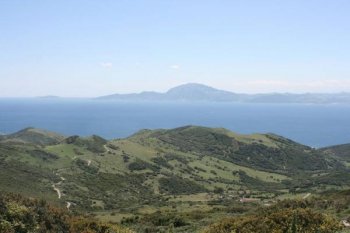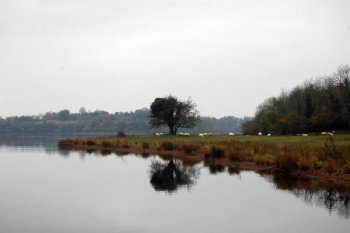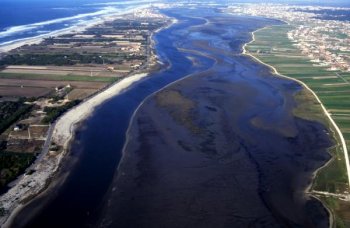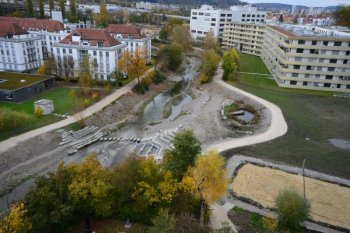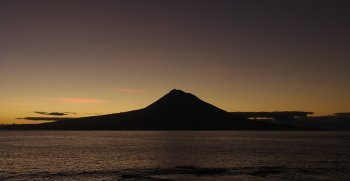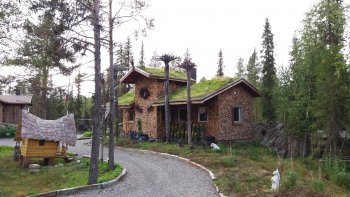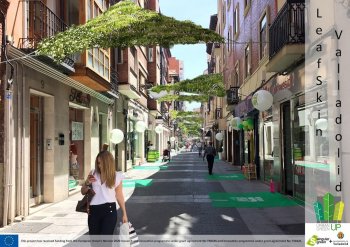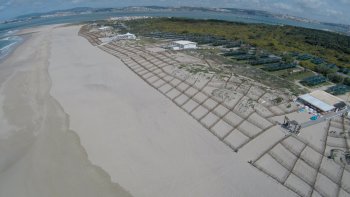H2020 AQUACROSS Case Study 2: Analysis of transboundary water ecosystems, Green and Blue Infrastructures in the Intercontinental Biosphere Reserve of the Mediterranean (IBRM): Andalusia (Spain) – Morocco.
Protecting areas to protect biodiversity: The IBRM is home to several remarkable protected sites, high biodiversity richness and an important cultural heritage. However, pressures from human activities in the area are threatening these distinct values. Our aim is to use diverse data plus stakeholder input to understand the social and ecological system and design a multifunctional network of areas – that allow conservation, exploitation and restoration - and identify ideal sites for restoring degraded freshwater, coastal and marine ecosystems.

